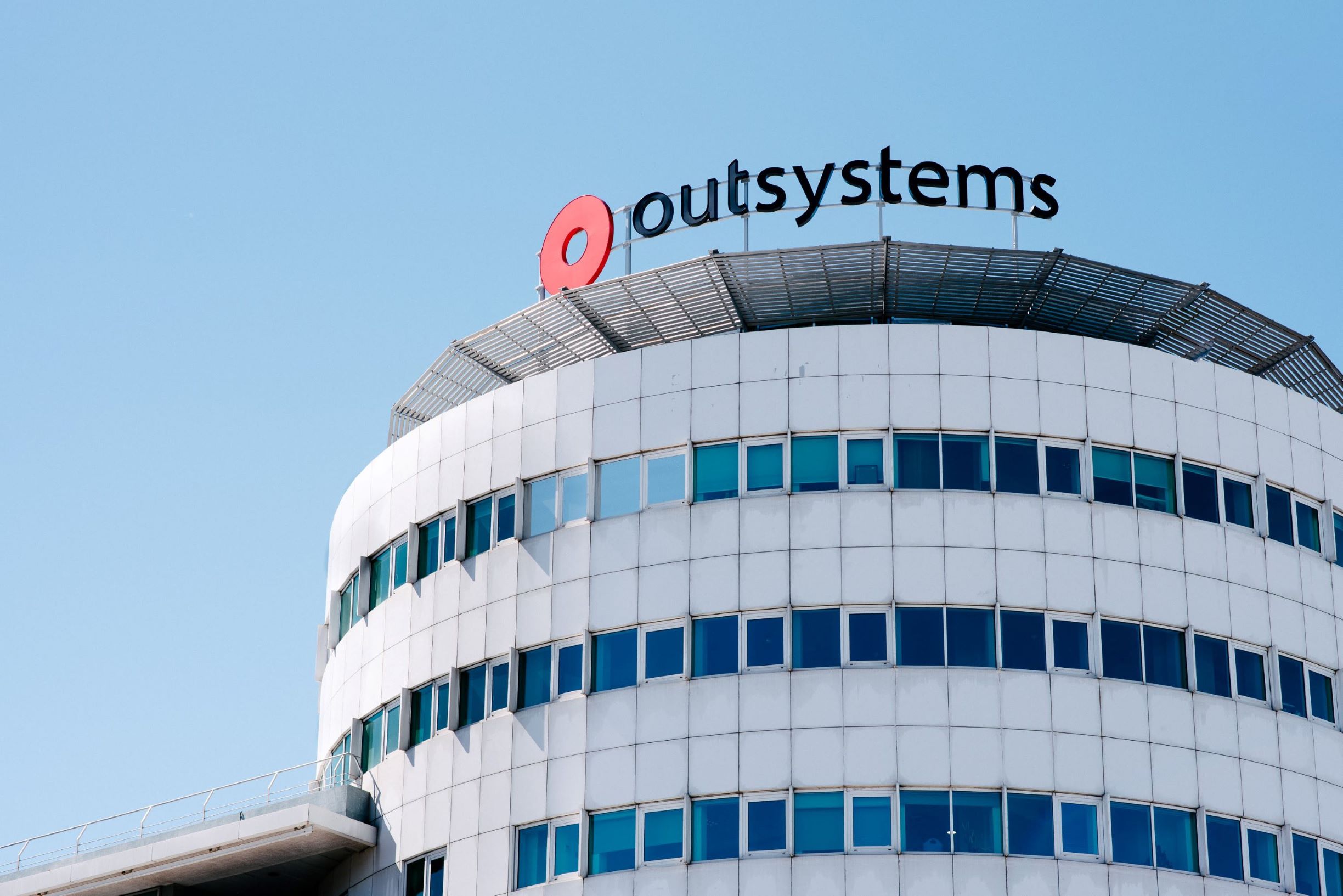By Mr.Termsak Virakachornpong, Regional Vice President Southeast Asia, OutSystems
The pandemic has resulted in a digital transformation drive all over the world, with work, play, and more, being migrated online. This has created new business opportunities, particularly for those in tech. With a Gartner announcement estimating that 65% of application development activity will be dependent on low-code application development by 2024, it is clear that we’re starting to see a change in the low-code development space.
We have seen the difficulties that companies have faced in 2021, and how businesses have adapted. With digital transformation happening at an unprecedented pace, businesses will undoubtedly continue to prioritize digital innovations to drive their strategies in order to maximize the opportunities in their landscape. Especially, the digital commerce industry – a report by Google predicts that Thailand’s digital transformation could produce $75 billion a year in economic value by 2030 and boost economic opportunity in the Kingdom.
OutSystems, the global leader in modern applications development unveils top tech trends in 2022 that highly impact digital life/economy and are driven by IT teams which include.
- Businesses will embrace development platforms to increase developer productivity With tech giants winning the race for scarce developer talent, businesses outside of the tech elite will embrace new ways to stay innovative and competitive with their own teams. Businesses are waking up to the realization that they need technology that works hard to allow their development teams to focus on creativity and innovation, instead of the tedious aspects of software development. This includes technology that handles the critical but undifferentiated tasks of development, constantly updates with the latest cloud technologies, automatically scales, and leverages containers and Kubernetes to make sure development teams deliver world class application architectures, move fast to meet changing business needs, with low risk. All this while being unencumbered from toil, unnecessary maintenance and technical debt drudgery.
- Developers to demand a simpler, trustworthy security experience
- While most software developers aren’t security experts, they’re under increasing pressure to create programs that are free of vulnerabilities – particularly in light of the high profile ransomware attacks of 2021. That heightened pressure can slow the development process considerably, and inhibit their ability to write creative and innovative programs as companies seek assurance that custom software development provides similar levels of security and compliance as SaaS. As a result, developers will demand development tools that are trusted to be constantly hardened against vulnerabilities and development platforms that provide security designed within the application technology stack and adapt as businesses and technologies evolve.
- Increased focus on DEI initiatives for developer talent
- Organizations, especially in technology, have been talking about diversity for years with varying degrees of success. In 2022, IT decision makers will be held accountable to meet diversity, equity, and inclusion goals when it comes to developer talent. As developers are solving some of the world’s most complex problems, companies must examine hiring processes to improve the recruitment of diverse candidates in IT. OutSystems is committing this year to support the growth of developers from diverse communities into fields of software development alongside organizations like Women Who Code, Blacks in Technology Foundation, and the Australian Computer Society.
- Increased Demand for DevSecOps Raises Adoption of App Dev Platforms
- The main concern for executives leading IT and software engineering teams will continue to be whether their organization’s security is able to resist the explosive increase of business risk. Between an uptick in ransomware attacks, lack of clear boundaries for organizational data, and increased risk with collaborative citizen developments, the data privacy and regulatory requirements are threatened more than ever before. CISOs and CIOs are gradually preferring to create new digital experiences based on platforms that systematically manage all stages of app development & delivery for each new app, instead of depending on the non-systematic nature of different teams with different maturity of secure software development.
- Greater Use of DesignOps and Observability for Highly Adopted Apps
- The year of 2022 is the first time when IT and app development budgets will reflect the hybrid work mindset since the employee and partner experience has become just as critical as the customer experience for deep usage of the applications created to gain business agility. With new tools allowing a deeper integration between design thinking and front end development, there are new DesignOps playbooks to increase adoption. Combined with new end-user behavior observability and supported on open standards like Open Telemetry, more digital product teams will aim for user adoption levels that were historically hard to achieve.
- Managing Distributed Development Teams with Modern Platforms
- A new reality for most software engineering teams coming out of the pandemic amid an uptick in resignations is that their software developers are increasingly operating in more distributed organizations, bypassing many of the controls that used to be in place. That makes it harder to onboard, coach, monitor, and even audit the quality and the performance of the teams and individuals. Software engineering leaders face challenges ensuring the security, compliance and governance of people that often their teams never meet in person. Organizations, managers and even peers in CI/CD will prefer to operate on top of platforms that increase their ability to closely monitor the entire development lifecycle, from work being done to security being applied. Given that many of these features are available out of the box in modern app development platforms, their adoption will expand in comparison to conventional development based on balkanized development toolsets, often based on disconnected open source tools that lack a holistic management approach.
- Deeper Use of Cloud-Native Architecture for Custom Enterprise Systems
- The “build vs buy” pendulum is coming back from “let users buy any SaaS they want” because SaaS sprawl is not only ripping off the original business budgets, but also becoming another form of technical debt: an entanglement in the required integration among hundreds of systems. To recover business agility with fit-to-purpose enterprise systems used among employees, partners and customers will demand a new type of cloud-native app development — one that is highly distributed, scalable, and enables the creation of resilient, custom enterprise apps that increase the agility of the organization.
The explosive growth of cloud computing services of the mega cloud vendors from about twenty just five years ago to up to nearly 250 Web and innovative services by a single IaaS provider today, are becoming a massive distraction for regular business developers creating cloud-native applications. To overcome these challenges, it will become critical to cloud-native development platforms and browser based IDEs that allow teams to remain focused on the value stream management for their digital products instead of exhausting their engineering talent on infrastructure management alone.
About OutSystems
OutSystems was founded in 2001 with the mission to give every organization the power to innovate through software. The OutSystems modern application platform’s high productivity, connected, and AI-assisted tools help developers rapidly build and deploy a full range of applications anywhere the organization requires. With more than 435,000 community members, more than 1,500 employees, 350 partners, and active customers in 87 countries and across 22 industries, OutSystems has achieved global scale while helping organizations change the way they develop applications. Visit us at www.outsystems.com or follow us on Twitter @OutSystems or LinkedIn at https://www.linkedin.com/company/outsystems.
Source: PC and Associates Consulting

